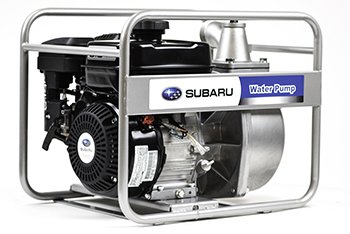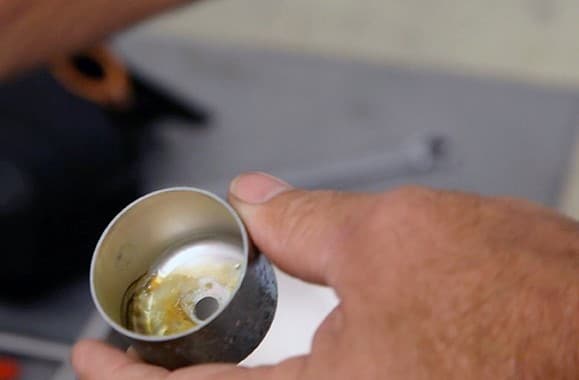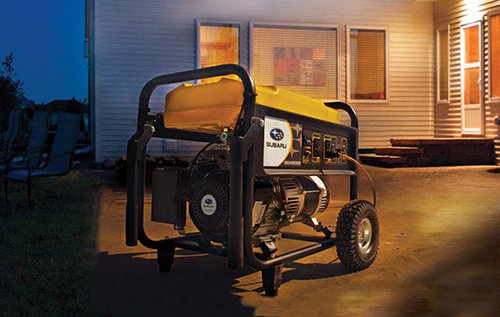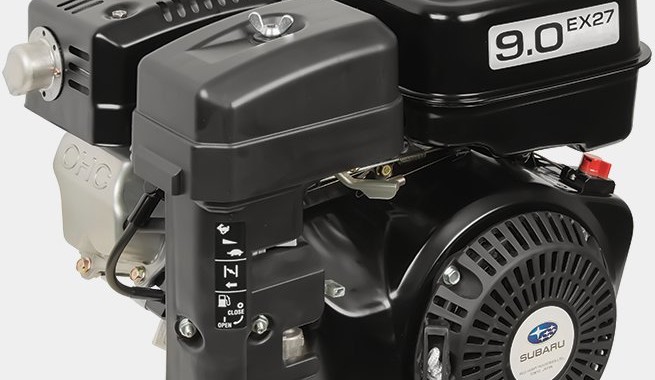All pumps are not created equal. If you need to do a draining job, you shouldn’t just go out, buy any ol’ water pump and jump into a project.
Are you draining a pool? Does the pond you want to empty contain sticks and rocks? Or are you removing massive amounts of water from a construction site? Water pump applications can vary drastically, and you don’t want to get stuck with a pump that’s not cut out to do the job.
No worries! Once you assess the situation, it’s pretty easy to figure out what kind of pump you’ll need to get the job done.
Pump Types

A centrifugal pump is ideal for moving clean water.
1. If you’re a pool owner, a centrifugal pump is your go-to choice. This pump moves liquid at uniform pressure without pulsation, which makes it ideal for draining clean water from a pool or pond or powering sprinkler systems.
Make the job as easy as possible by choosing a self-priming, easy-to-use pump. Selecting a model free of gears and pistons minimizes the potential time and expenses required to fix these moving parts. Also, look for a model that doesn’t need lubrication to further save time and lessen potential issues should a step be forgotten.
2. A high-pressure pump is exactly what you need to move a low volume of water long distances or to great heights. It’s the ideal choice when you’re dealing with fast seepage or need support for a sprinkler system.
You get the most out of high-pressure pumps when you buy a model with replaceable parts so you don’t have to worry about replacing the entire unit after breakdowns. Also look for a pump that’s self-priming for ease of use and with low-oil shutoff for extended engine life.
3. When dealing with standing water on a farm or construction site, mud and small, solid debris are common obstacles. A semi-trash pump is best for this type of job.
It’s important to know what size debris you’re dealing with before choosing a semi-trash pump to avoid clogging and damage. Make sure it’s constructed from durable, abrasion-resistant materials for a longer life and less required maintenance. Also, if you can find a self-lubricating pump, you’ll minimize the risk of breakdowns, saving you both time and money.
4. If you need to move water that contains large solids and debris, a trash pump is the product for the job. Trash pumps can handle sticks, stones and other large debris without clogging or damage.
Similar to semi-trash pumps, you first need an idea of what debris is in the water you’re pumping to determine what size model you need. Then you need to find a pump with parts durable enough to not only withstand the job at hand, but also future jobs with minimal breakdowns. If the pump is self-priming and self-lubricating, your job gets even easier.
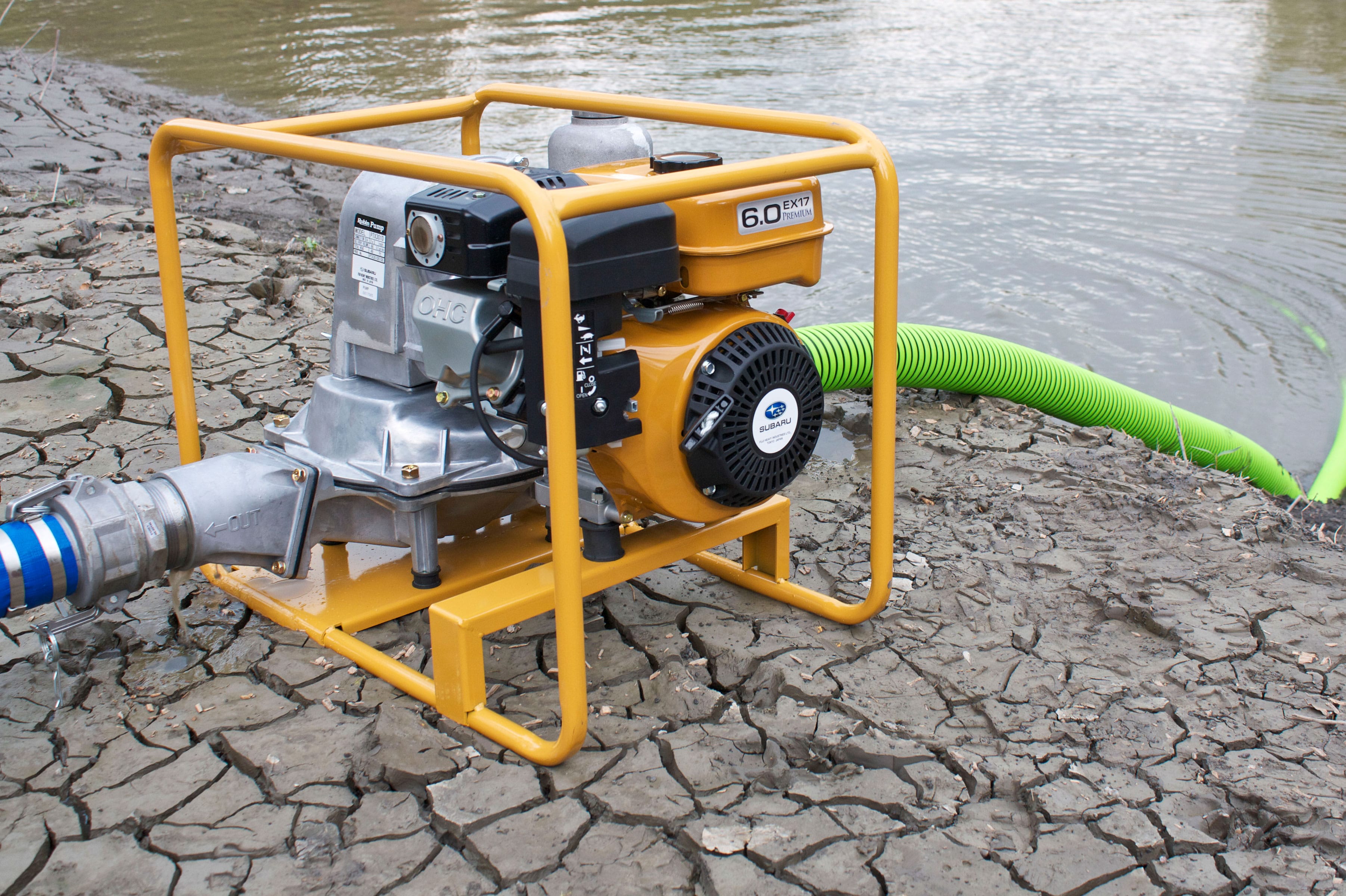
Diaphragm pumps can tolerate abrasive materials, slurries, viscous products and even ocean water.
5. Diaphragm pumps are tenacious. They can tolerate abrasive materials, slurries, viscous products and even ocean water.
Try to find a diaphragm pump with no moving parts. You’ll spend less time and money on maintenance and the pump will be able to run dry indefinitely. Another thing to look for is a pump with a replaceable diaphragm so you don’t have to replace the entire pump if malfunctions occur. Though most diaphragm pumps aren’t self-lubricating, you can find models with low-oil shutdown systems. This feature is essential in protecting and prolonging the life of a pump’s engine.
Water doesn’t need to bog you down. When you know your pumps, it’s easy to keep it flowing on this job and the next.

